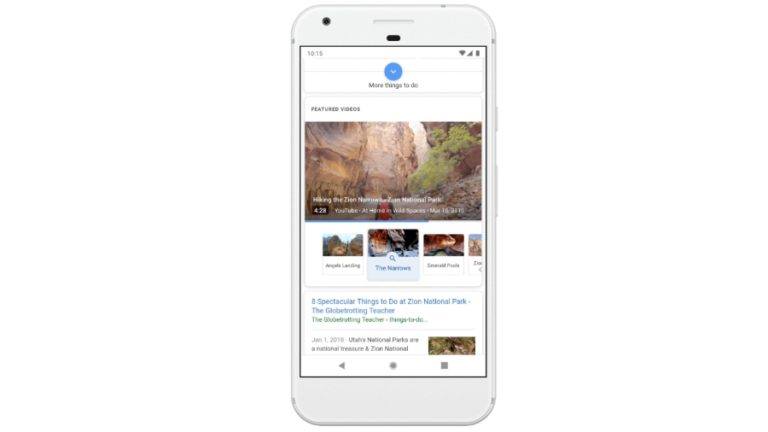Why Are Verticals Adopting Voice for Technical Content?

More industries and verticals are adopting voice for technical content because they want to communicate ideas with busy professionals more effectively. By choosing to convert text to voice, businesses can make complex topics easier to understand, more engaging, and accessible on the go. Whether you work in healthcare, tech, finance, or education, voice helps you deliver information in a faster and more personalized way. But it only works if the voice fits the audience. That is why more businesses are choosing industry-specific narration that feels natural, clear, and tailored.
How Is Voice Prospecting Changing the B2B Funnel?
B2B is moving away from long, cold emails, bulky PDFs, and hard-to-schedule sales calls. Now, voice snippets are helping brands connect faster with decision-makers who are short on time and patience.
Here are the key ways voice is reshaping how you reach and engage prospects:
On-the-Go Listening: Your technical brief may not get read by a senior engineer, yet he may listen while traveling or during a coffee break. Shorten your content into brief, individual audio and get a greater chance of being heard during low-focus activities.
Micro-Moments Within the Sales Process: Few prospects want a full-blown 30-minute webinar. Many want an abbreviated summary of benefits, price, or results in a minute or two. When you break your content into tiny voice bites. It becomes easier to grab their attention at the correct time.
Customized Voice Funnels: You can add voice messages as overlays on email and CRM flows. If a prospect has walked through your price page, the next email could trigger a quick audio walk-through of your price configuration. It becomes a real-time and personalized experience.
Retention of Complex Content: Certain articles, like compliance, law updates, or technical workflow,s may be tricky with regard to retention through mere reading. Audio explanations, if good and carefully narrated, aid the listeners considerably with faster absorption and better retention of the material.
AI-Driven Personalization: With the tools available, you can customize the tone, tempo, and inflection to your business. You cannot speak with a director of finance the same way that you speak with a research scholar, and with your voice content, you do not.
Spotify reports that 73% of respondents in a recent survey replied affirmatively that they are ready to listen to commercials through audio streaming if the tone is similar to that through which they are experiencing at the moment. What this brings into prominence is contextual tone and why your voice notes should reflect the mood and setting of your listeners.

How Do Industry Verticals Differ in Voice Content Needs?
Each industry has its own way of communicating, and your voice content should reflect that. If the narration feels off, too casual, too technical, or too fast, it can cause people to lose interest quickly. Here’s what matters most when creating voice content for specific sectors:
- Healthcare: Be accurate and compassionate. Speak slowly, professionally. Do not use long technical language unless your hearers are technically sophisticated. According to ResearchGate, AI-powered mental health apps are increasingly using voice and text-based technologies to deliver personalized care, online counseling, and emotional monitoring.
- SaaS / Tech: Use an energetic tone and explain benefits clearly. Break down technical language with everyday analogies so the listener stays engaged and understands your value without getting lost in details.
- Manufacturing: Be practical and straight to the point. Fast, no-nonsense narration works well here, especially for training materials, safety protocols, or product specs. The goal is to be useful, not flashy.
- Finance/Legal: Precision is everything. A slower, confident voice works best. Ensure the narrator can seamlessly incorporate important disclaimers to create a professional yet natural tone.
- Education/Research: Curiosity and clarity go hand in hand. Whether you’re turning lectures into voice, summarizing research, or guiding learners, the tone should feel encouraging and paced for learning.
In all these cases, a generic narrator or one-size-fits-all conversion tool can fail to deliver impact. Voice needs to feel native to the industry.
What Are the Key Benefits of Voice in Vertical Prospecting?
The key benefits of voice in vertical prospecting are moving leads through your funnel faster and making your content work harder without sounding like a sales pitch, among other things. Here’s what using voice in vertical prospecting can help you do more effectively:
- Faster Lead Qualification: If a 60-second clip can explain your core value and who it is for, your sales team will spend less time chasing unqualified leads and more time talking to high-intent ones.
- Improved Content Stickiness: People stay longer on pages that offer something easy and engaging to consume. Voice-enhanced white papers, case studies, or product explainers give them more reasons to stick around.
- Accessibility and Inclusivity: By offering audio options, you are making sure people with different learning styles or visual impairments can still engage with your content. This isn’t just good practice; it expands your reach.
- Humanized Automation: Even automated emails or drip campaigns can feel more personal when you add a well-crafted audio message. It brings warmth and intent to your outreach, especially when matched to your industry tone.
Conclusion
Voice is no longer an afterthought, a nice-to-have that you tack on at the end. It has become a fundamental part of how modern businesses communicate, educate, sell, and build credibility. If you are a tech space and still only dealing with text, you are missing opportunities you have with the people that matter.
The consumption of technical content is evolving. Busy professionals don’t want more stuff to read. They require answers, bullet points, and advice they can listen to and do something at the same time. When you transform text into voice, as it should sound natural, considerate, and relevant to an industry, you are conveying information and establishing relations.
Make your message easier to hear, easier to trust, and easier to act on.





